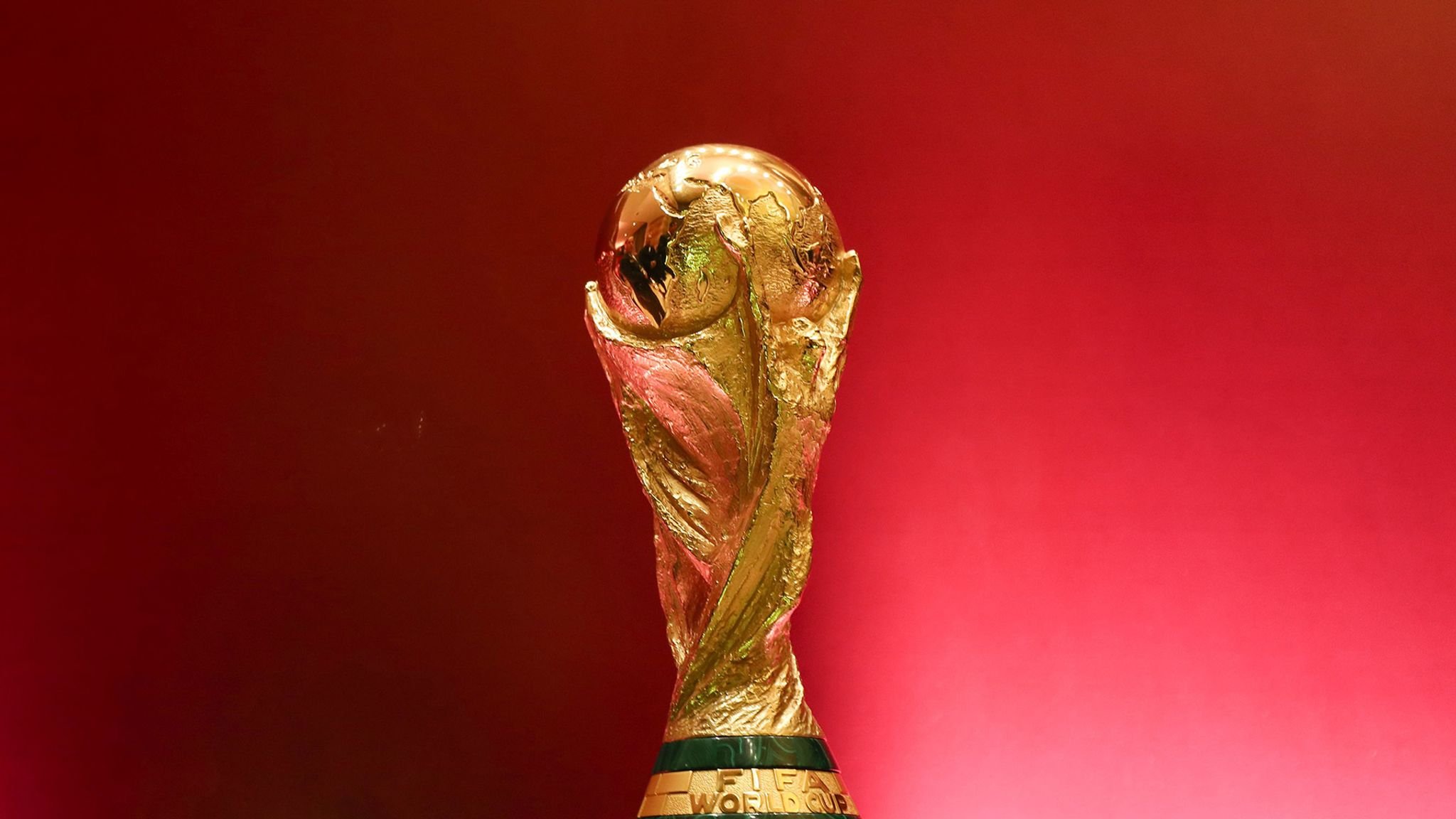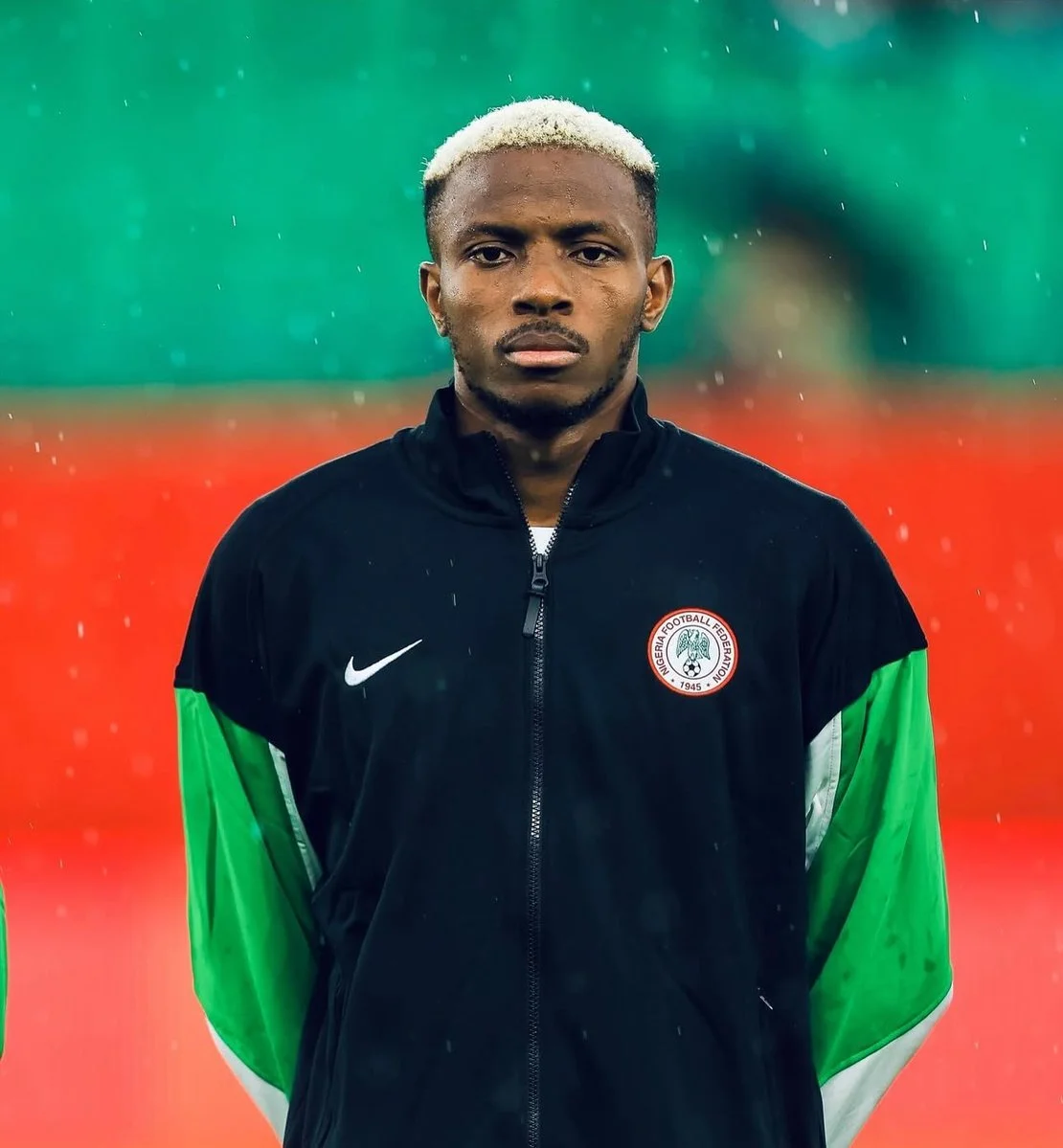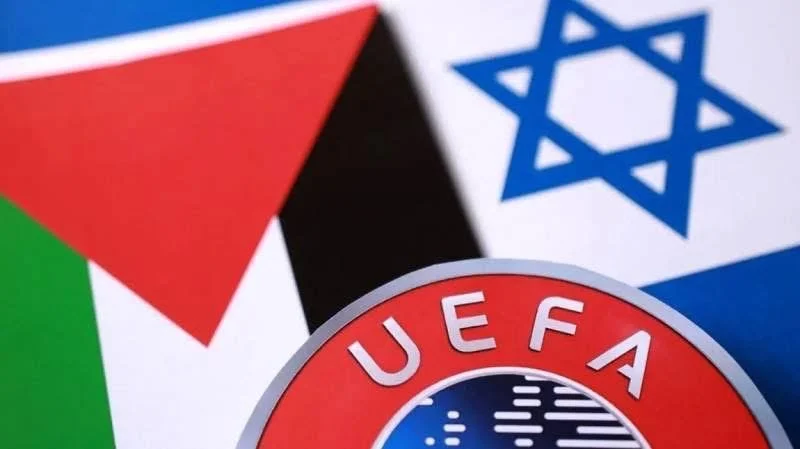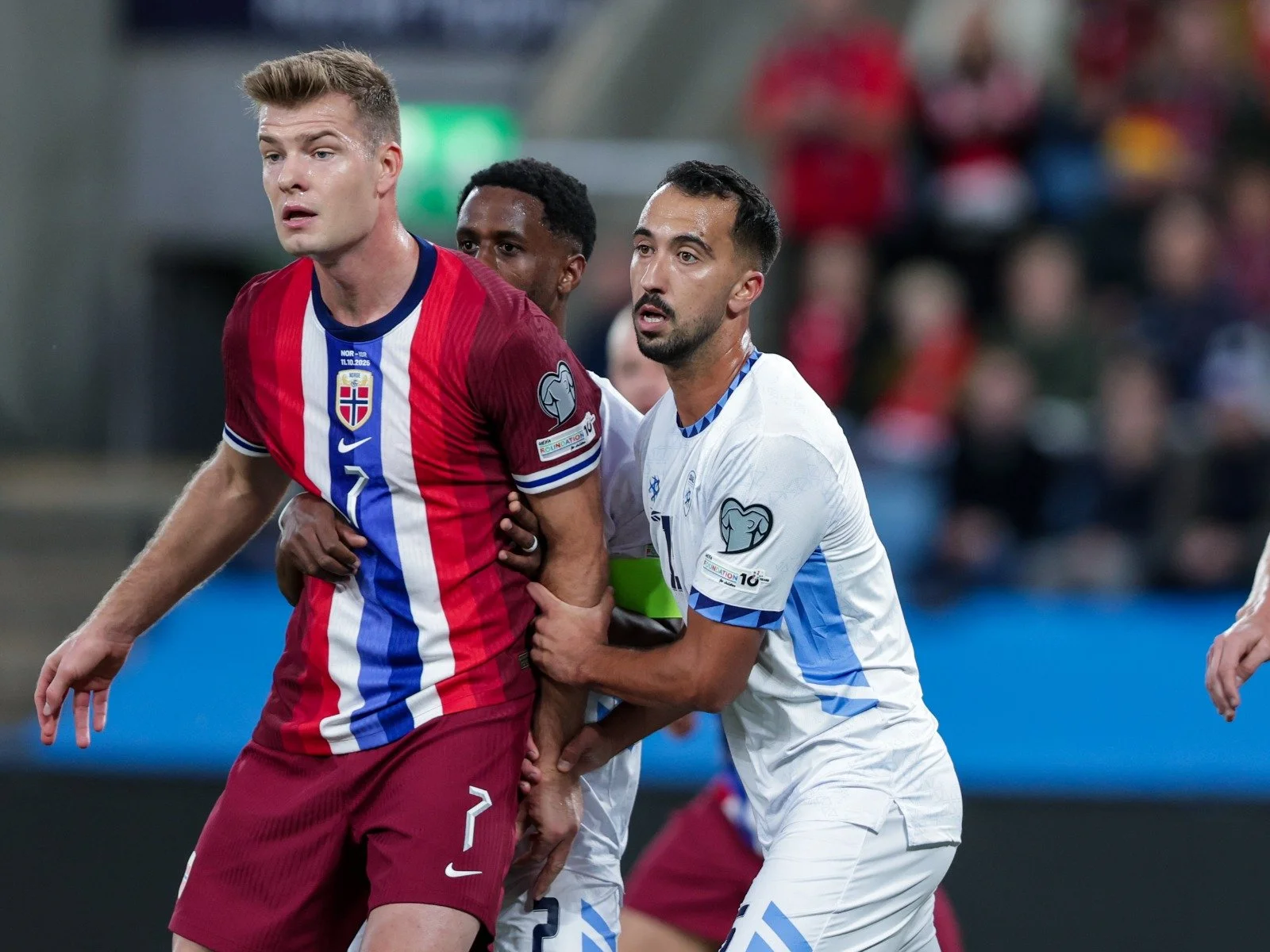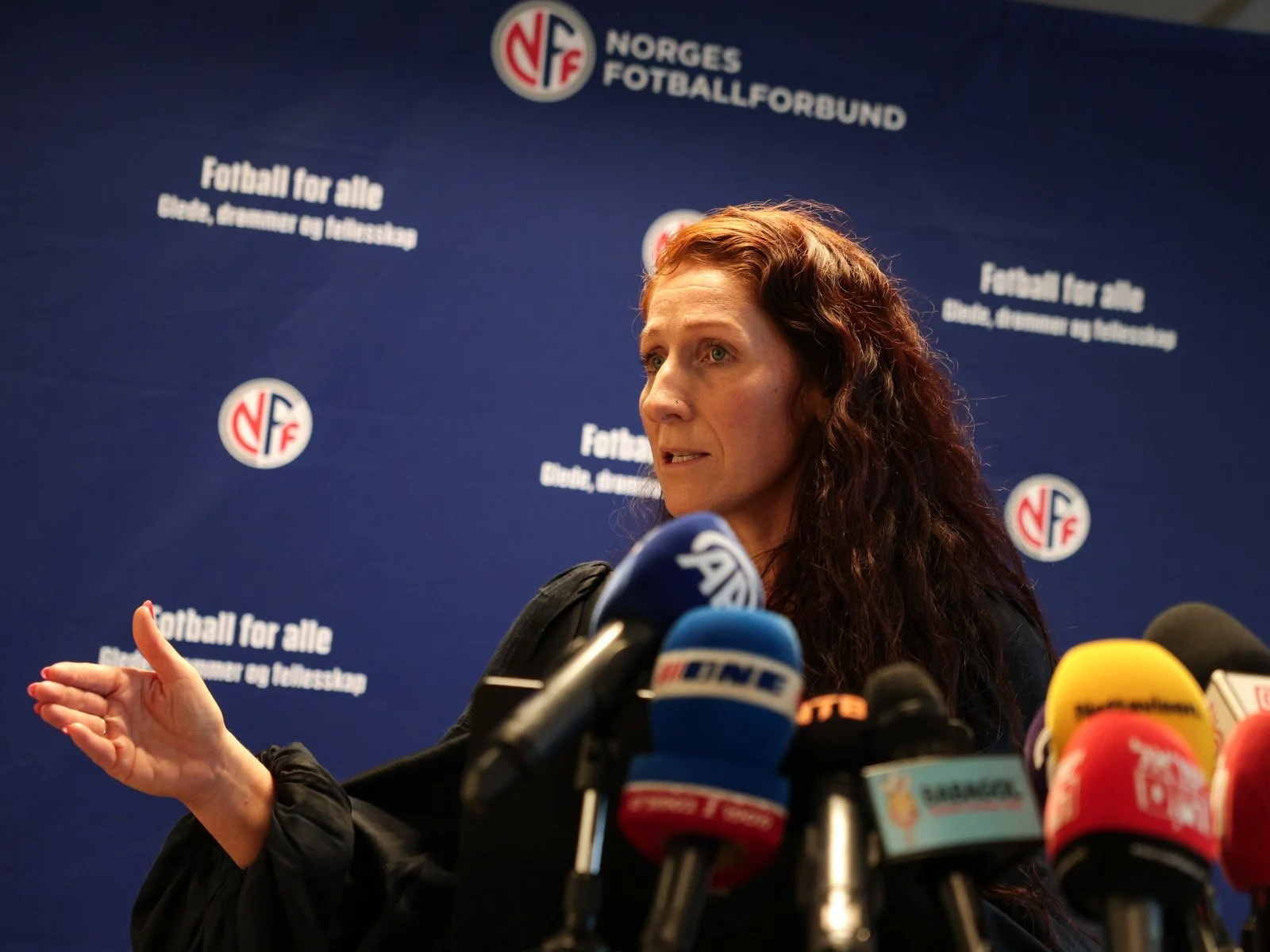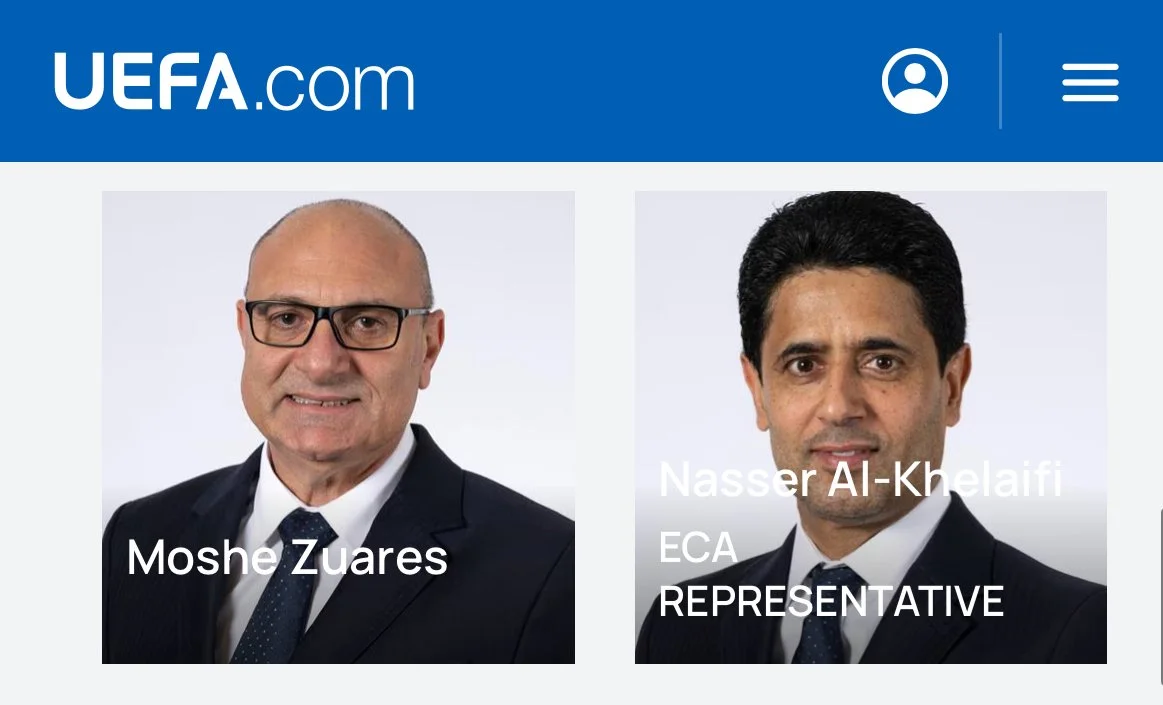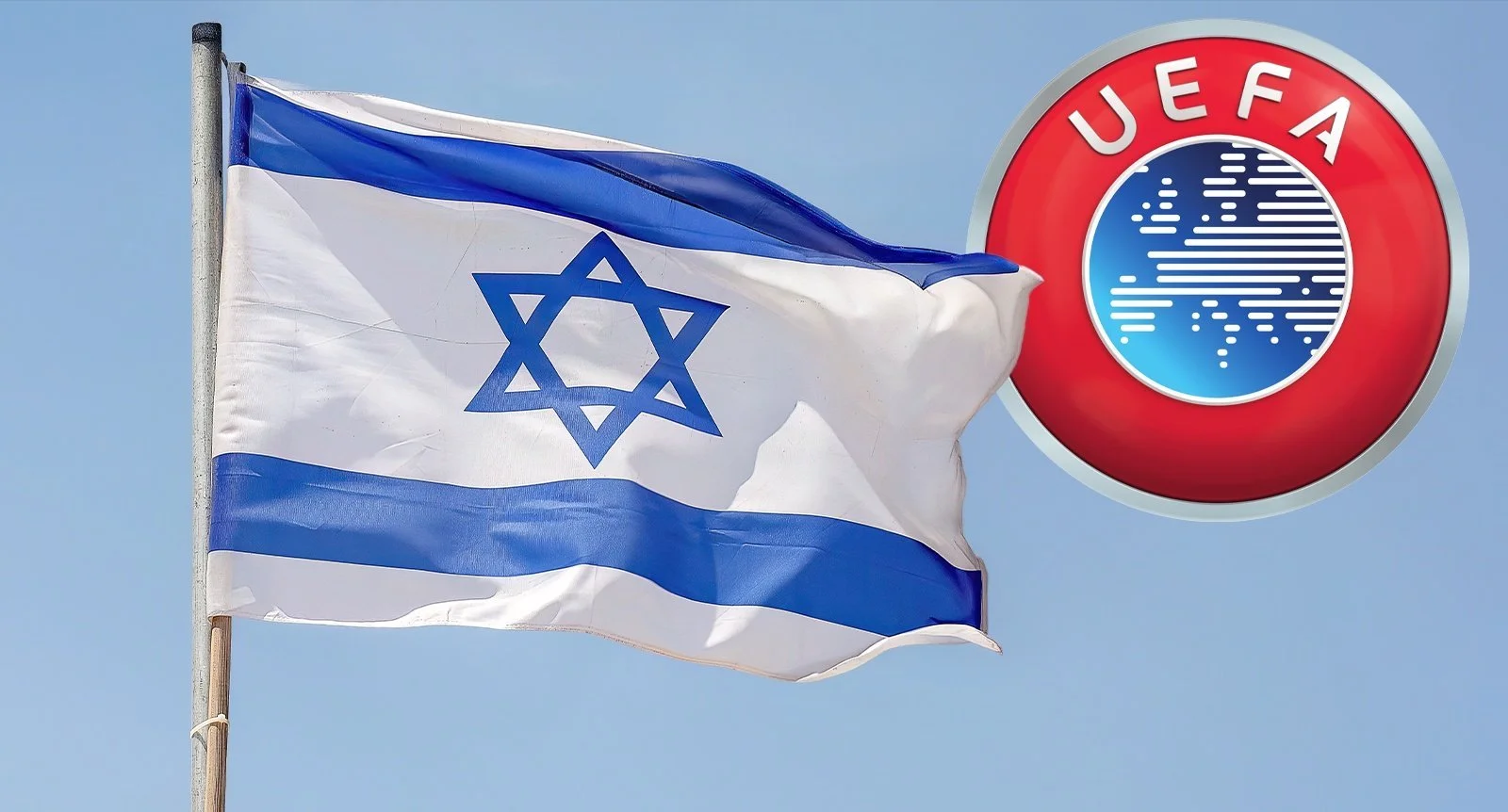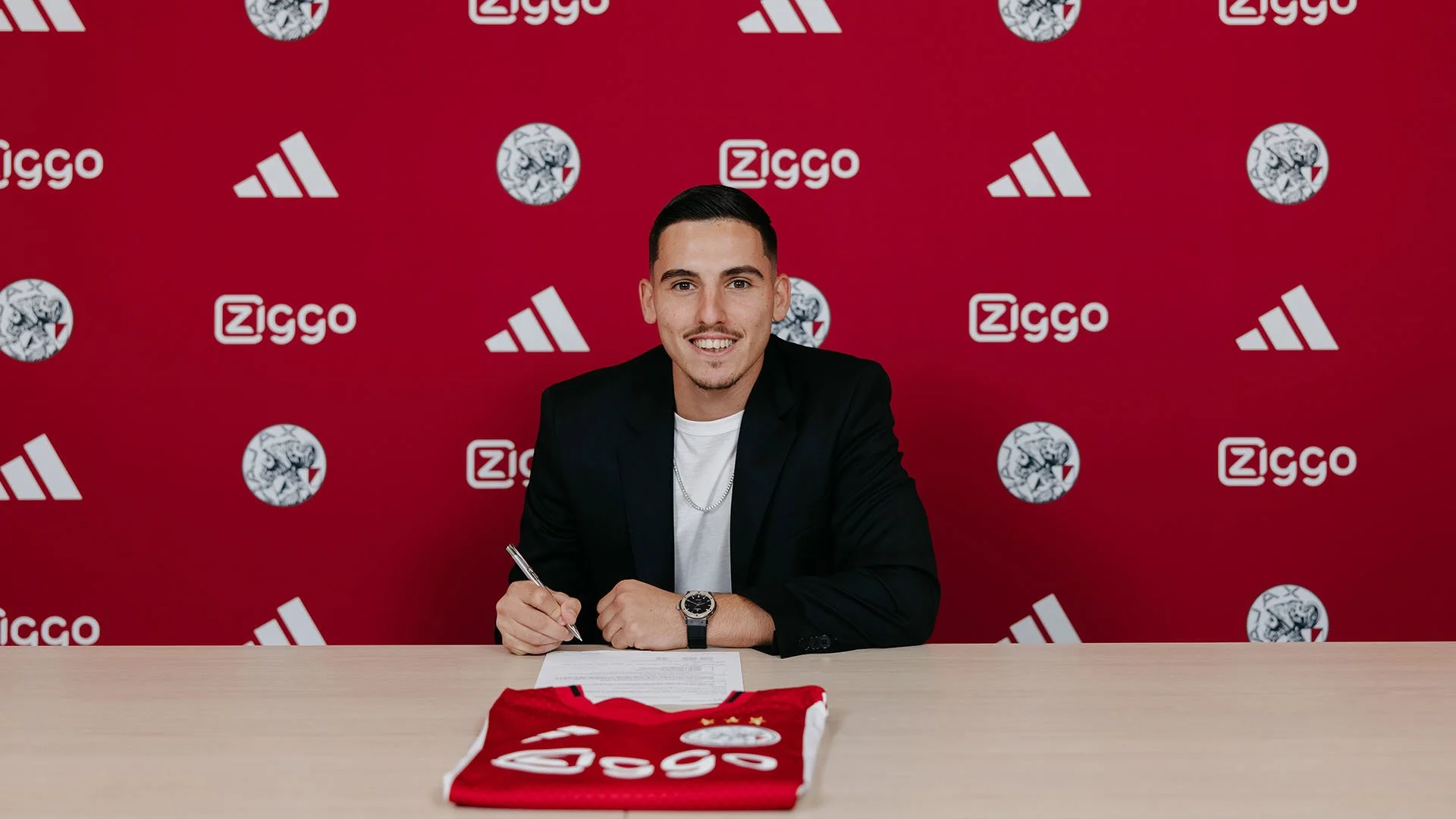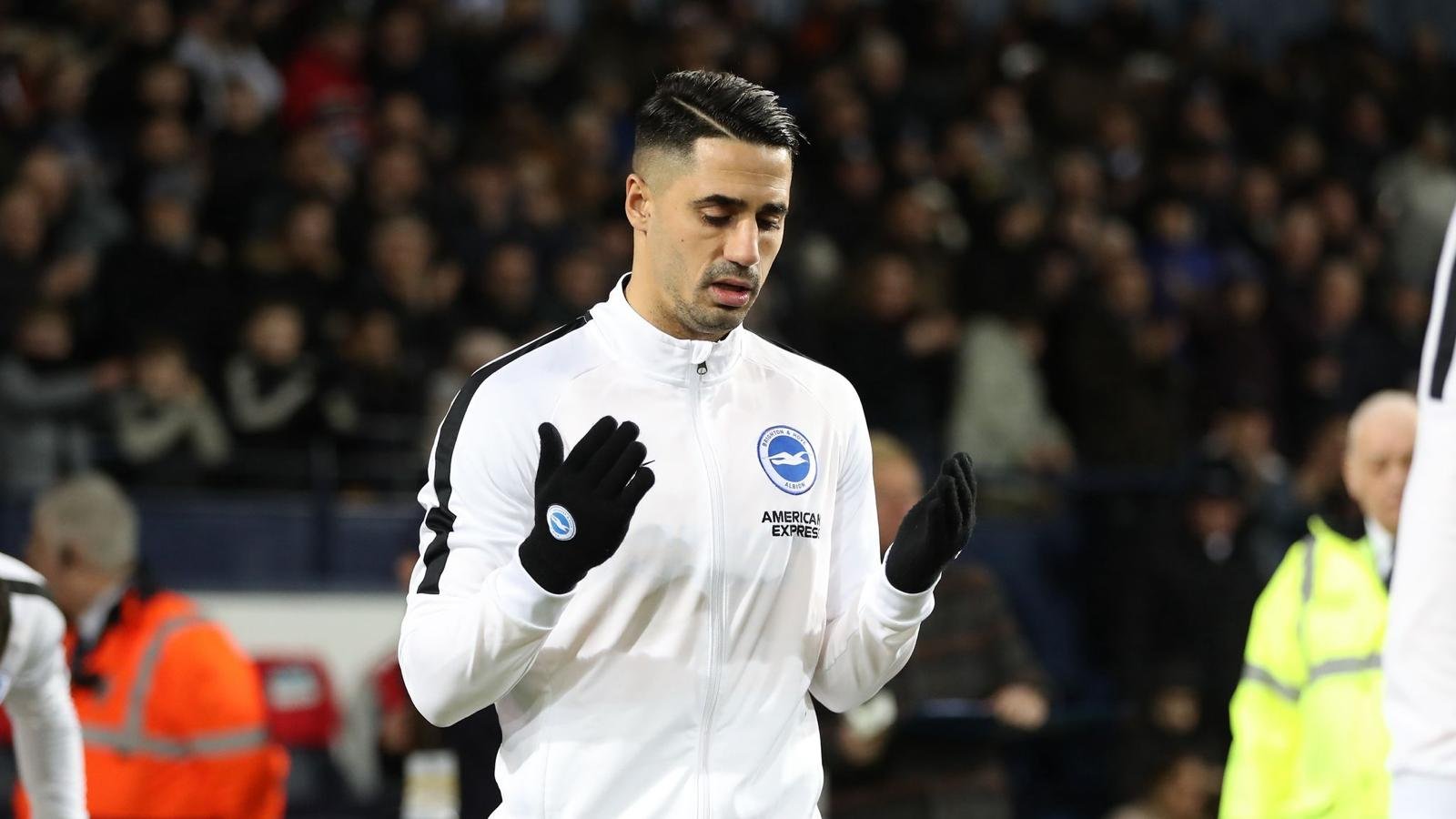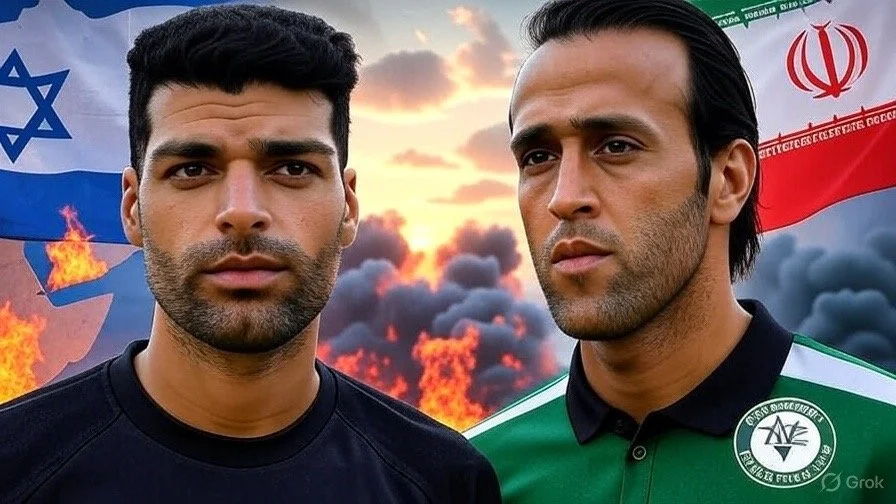Barring a real shock, in Doha on 22nd November Andres Guardado and Guillermo Ochoa will be lining up for their fifth World Cup - they will be 36 and 37 years old respectively. In doing so, both would join an exclusive list of plays who’ve made it to five tournaments – Lothar Matthaus, Rafael Marquez and Antonio Carbajal. Lionel Messi and Cristiano Ronaldo also look likely to join them on that list in November.
The Mexican squad is littered with veteran players - Hector Moreno, Hector Herrera and Alfredo Talavera to name a few – and this World Cup would probably be their last, and they’re like to make the most of it.
After seeing the draw for the group stage it is clear to see that, despite Mexico being handed a tricky task, they will still be aspiring for the knockout stages. If they make it out of their group, they would likely be handed a draw against either France or Denmark, and both would be a tough obstacle. Mexico, too, will have the added pressure of their ‘fourth game curse’, as they hope to progress beyond the Round of 16. It seems unlikely, but nothing is impossible.
But for the Mexican Football Federation, this World Cup is not the real target. Yes, success would be seen in a positive light, but their real focus is on 2026 – the year football’s biggest tournament returns to Mexico.
They’ll be hosting the tournament in four years time, alongside Canada and the United States, and, despite most of the games taking place on US soil, the Mexicans will be treating it like home. Expect to see a distinct majority of the stands being taken up by the colours green, white and red.
It wasn’t surprising that when veteran coach Gerardo ‘Tata’ Martino took charge of El Tri, one of his main targets was to create a solid base for a team that could compete in both tournaments. He’s currently only contracted until the end of the tournament in Qatar – there’s no word on a possible extension at the moment, but Tata could well be building a project that outlasts his reign.
Martino is not known as a coach that develops youngsters. It’s true that he has utilised young players in most of his management stints, but they were the exception and not the rule. The same goes for veterans. He chooses a few he likes to lead the team, making the most of their added experience, but mainly focuses on players in their prime.
It was expected that, bar some exceptions, the average age of the Mexican squad would be fairly high, especially for a side hoping to develop for the future. At just over 28 years old, it was. There are a few outliers there since Tata tends to call up four goalkeepers, most of whom are over the age of 34, which raises the average age of the squad, but it’s clear he has struggled with trying to rebuild.
It has to be said that Tata had it easy managing the side that won bronze at the Tokyo Olympics. Very early in his term, Tata recognised that he would have to pick some players to rely on as part of this rejuvenation effort. There’s no shortage of young talent in Mexico, so he had to pick some. Carlos Rodriguez, Uriel Antuna, Cesar Montes, Johan Vasquez, Jorge Sanchez and Alexis Vega are just a handful of those that Tata chose to call up.
Most of those are around 24 years old, they had to be because of the Olympics selection rules, but there were more players too that didn’t quite make it. Edson Alvarez, for example, didn’t make the plane as Ajax wouldn’t release him for the tournament, or Gerardo Arteaga, who had personal issues.
Guillermo Ochoa was there. The veteran goalkeeper captained the side, and played a big part in Tokyo, just as he consistently does for the national team.
But there’s still a sensation that Martino struggles to trust those younger players. Edson Alvarez, Charly Rodriguez and Cesar Montes can easily be seen as outliers, with the manager focusing more on the ‘older’ generation instead. And he was heavily criticised for this, especially when the results didn’t match the expectations.
While selecting Hector Herrera, Andres Guardado or Nestor Araujo for their level of play in Europe was reasonable, other choices didn’t prove to be the right solution.
It wasn’t an easy ride for Martino. Mexico played poorly, and there were growing calls for Tata’s dismissal. His health issues didn’t help either – Tata was unable to travel abroad after undergoing eye surgery.
Things had started badly, but slowly the mood began to shift.
Outside of the scheduled international breaks, the Mexican Football Federation arranged some friendlies, to gain some extra income from ticket sales, but Martino used those to evaluate the younger members of his squad.
One of those was Julian Araujo, right back for LA Galaxy. He played in one of those friendlies in December, and has remained a part of the national team since.
As time passes by, Tata slowly gained trust among his younger contingent, and that became clear in the most recent round of matches – you could see a backline with Gerardo Arteaga at left back, Johan Vasquez and Cesar Montes in the centre, and Jorge Sanchez on the right, with Edson Alvarez slotting in neatly in front of them. All of them are in their early 20s.
Mexico lost none of these games, conceding zero goals too. It was a positive end to El Tri’s qualification campaign – it wasn’t pretty, but they made it.
Martino has a nice mix of players available to him now.
You’ve got the experienced stalwarts, for whom Qatar would be their last World Cup. Raul Jimenez, Hector Herrera and Hector Moreno to name a few.
There are those with experience, but who could make it to 2026 – players like Hirving Lozano, Erick Gutierrez and Orbelin Pineda.
And then there’s the ‘Olympic generation’ of players that have played consistently together through the age groups and have now become a significant part of the national team.
Eventually, they will become the basis of El Tri’s next generation, but for now, sights are set on Qatar. Mexico have a complicated group, and it would be a shock to see them break their ‘fourth game curse’, but even if that doesn’t happen, Tata will be the one pushing the team on to 2026. Mexico will be ready for their home World Cup.
Edited by Alex Smith
Photo via FMF - Federación Mexicana de Fútbol official Facebook



